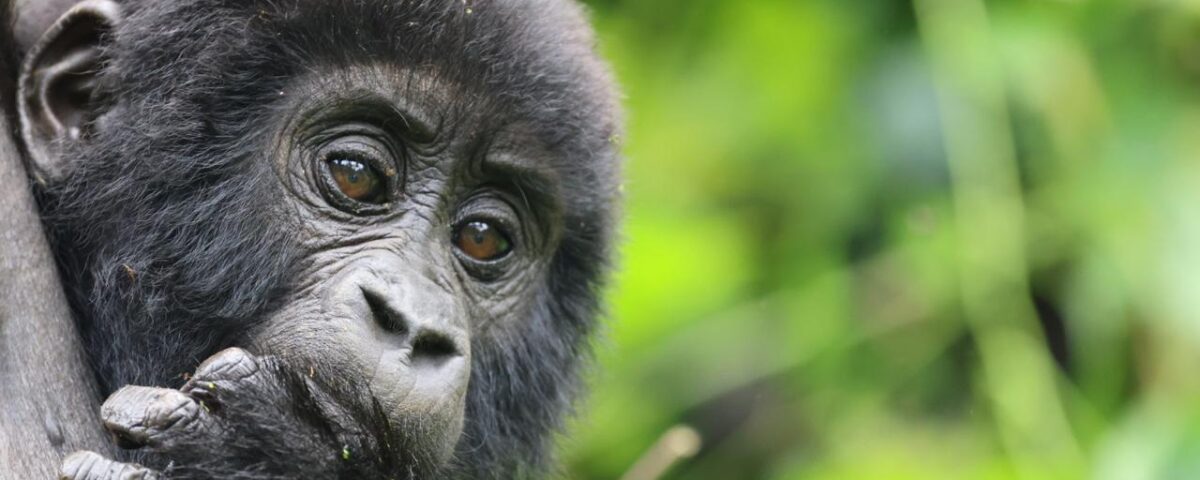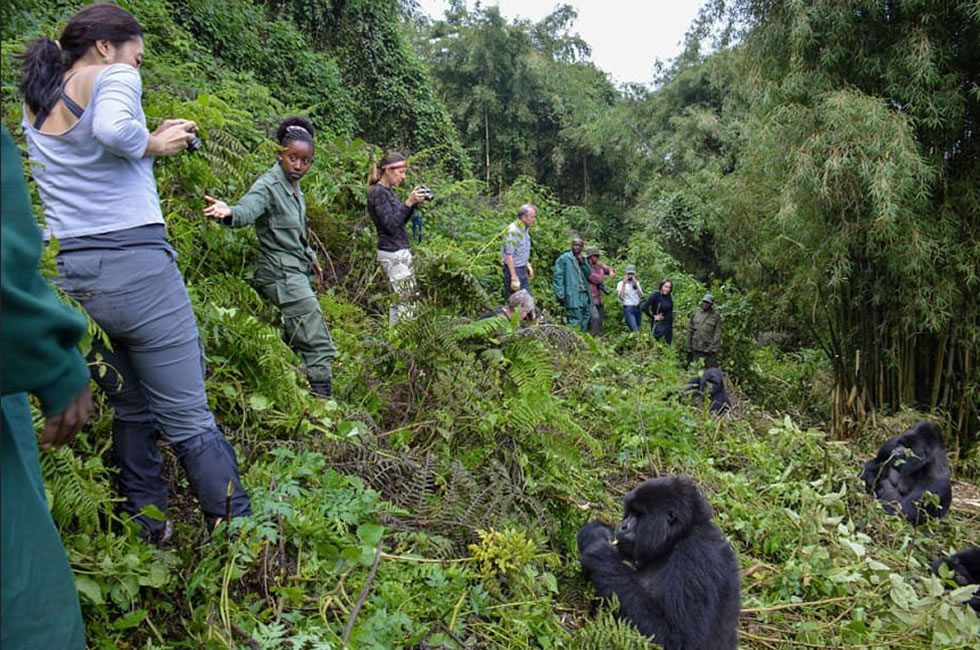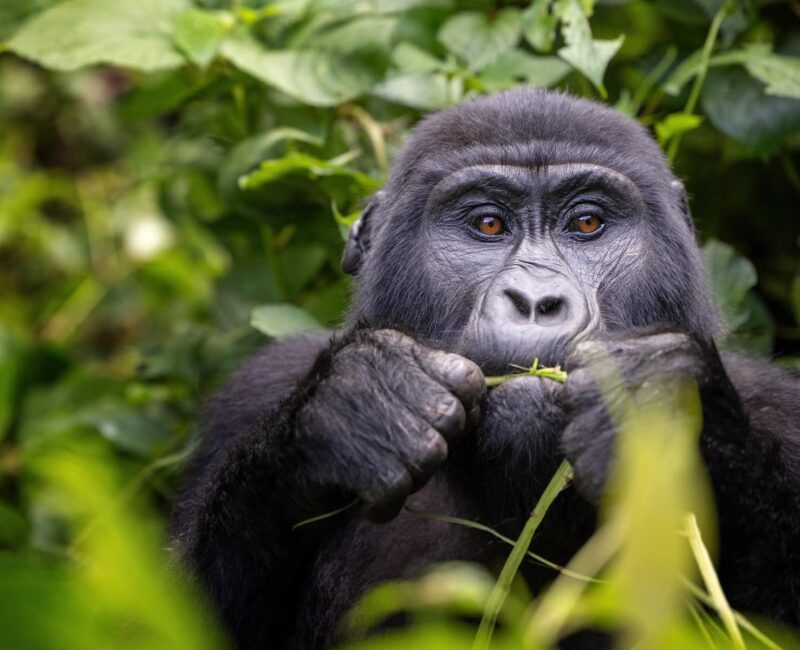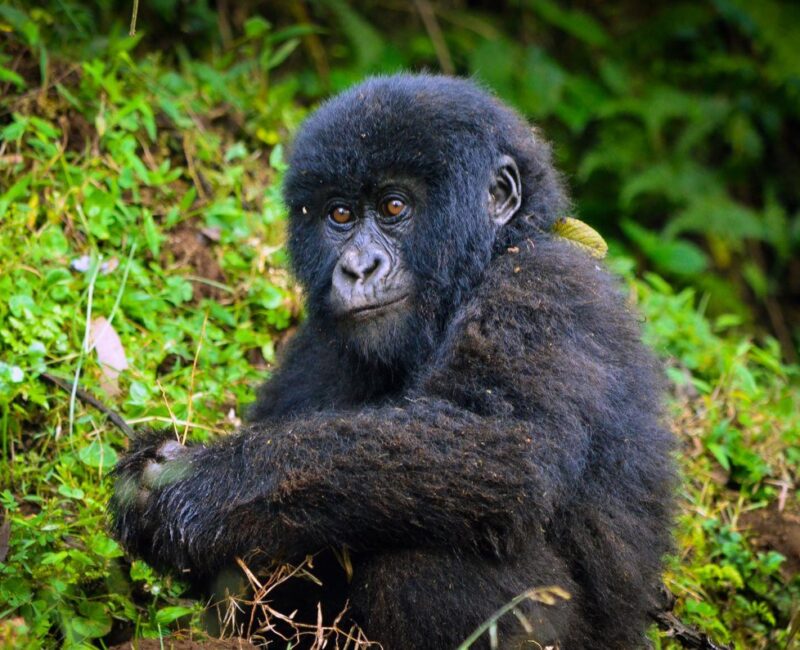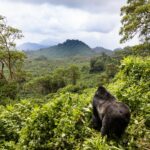
Uganda Primates and Gorilla Trekking
September 15, 2025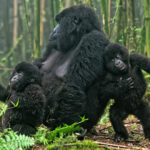
Best Time for Trekking in Bwindi Impenetrable National Park
September 15, 2025Understanding Weather’s Role in Uganda Gorilla Safaris
Understanding the weather is one of the most important factors to consider when planning Uganda Gorilla safaris. Both Bwindi Impenetrable Forest and Mgahinga Gorilla National Park provide world-renowned opportunities to meet mountain gorillas in their natural habitat. But conditions can vary widely depending on the season. Weather influences trail conditions, the visibility of the misty rainforest, and even the daily movements of gorilla families. For anyone seeking the ultimate Uganda Gorilla Trekking adventure, understanding these seasonal changes allows for better preparation and a more rewarding experience. The dry months promise easier hiking routes with clear views. While the wet months present quieter trails, lush landscapes, and sometimes easier access to gorillas feeding at lower elevations. To fully appreciate these differences, travelers need a deeper look at how each season shapes the experience. How it impacts costs and how cultural encounters around Bwindi and Mgahinga add even more value to a Uganda Safari Holiday.
Rainy Season Realities: Trekking in March–May and October–November
The rainy seasons in southwestern Uganda cover March through May and again in October to November. During these months, the trails in Bwindi and Mgahinga become wet, muddy, and often slippery. Trekkers should expect more physically demanding hikes that require good stamina, balance, and reliable footwear. Although the paths become challenging, the forest itself transforms into a vibrant lush environment with dense foliage flourishing due to the consistent rainfall. This growth provides mountain gorillas with abundant food sources often keeping them closer to the lower altitudes where the vegetation is thick and easily accessible. As a result, many trekking groups find gorilla families in less elevated, more accessible areas, potentially reducing trekking time.
Visibility, however, often declines during this season. Morning mist and heavy fog can blanket the forest, creating an almost mystical atmosphere but limiting the range of clear views. Travelers need waterproof jackets, quick-dry clothing, and waterproof boots for protection against mud and rain. The advantage of trekking during this low-tourism period is the peace and quiet in the parks. With fewer travelers competing for gorilla permits, lodges, and guides, guests often enjoy more personalized attention. Many safari lodges in Bwindi and Mgahinga also offer discounted rates, making this period ideal for budget-conscious travelers. Cultural tours, such as visiting the Batwa community or enjoying traditional dance performances around safari lodges, are more intimate and less crowded, allowing meaningful cultural connections during your Uganda Holidays.
Dry Season Benefits: Trekking in June–September and December–February
The dry seasons, stretching from June to September and December to February, are widely considered the best times for Uganda Gorilla Trekking. Trails in Bwindi and Mgahinga remain firm and manageable, reducing the physical strain on trekkers. Clear skies open sweeping views of the rainforest canopy, nearby valleys, and surrounding highlands. These conditions not only make trekking more comfortable but also enhance photography opportunities, as sunlight filters beautifully through the dense trees and morning mist.
Gorilla movements during the dry months differ slightly. Vegetation grows more slowly, and food becomes less abundant in the higher forest zones. This can occasionally push gorilla groups to lower elevations in search of easier feeding grounds. However, the primary advantage lies in the stable, predictable trekking conditions that make gorilla tracking smoother for first-time visitors and families.
Because this period aligns with peak tourism, competition for gorilla trekking permits intensifies, and costs for permits, accommodation, and transport are generally higher. Travelers planning Uganda Gorilla Safaris during these months should book months in advance to secure preferred lodges and trekking slots. The cultural side of the safari also shines here, as festivals, markets, and community projects are vibrant with activity, offering travelers rich opportunities to engage with Ugandan traditions. Activities such as local craft demonstrations, village homestays, and visits to tea plantations complement the gorilla adventure, creating well-rounded Uganda Safaris Holidays.
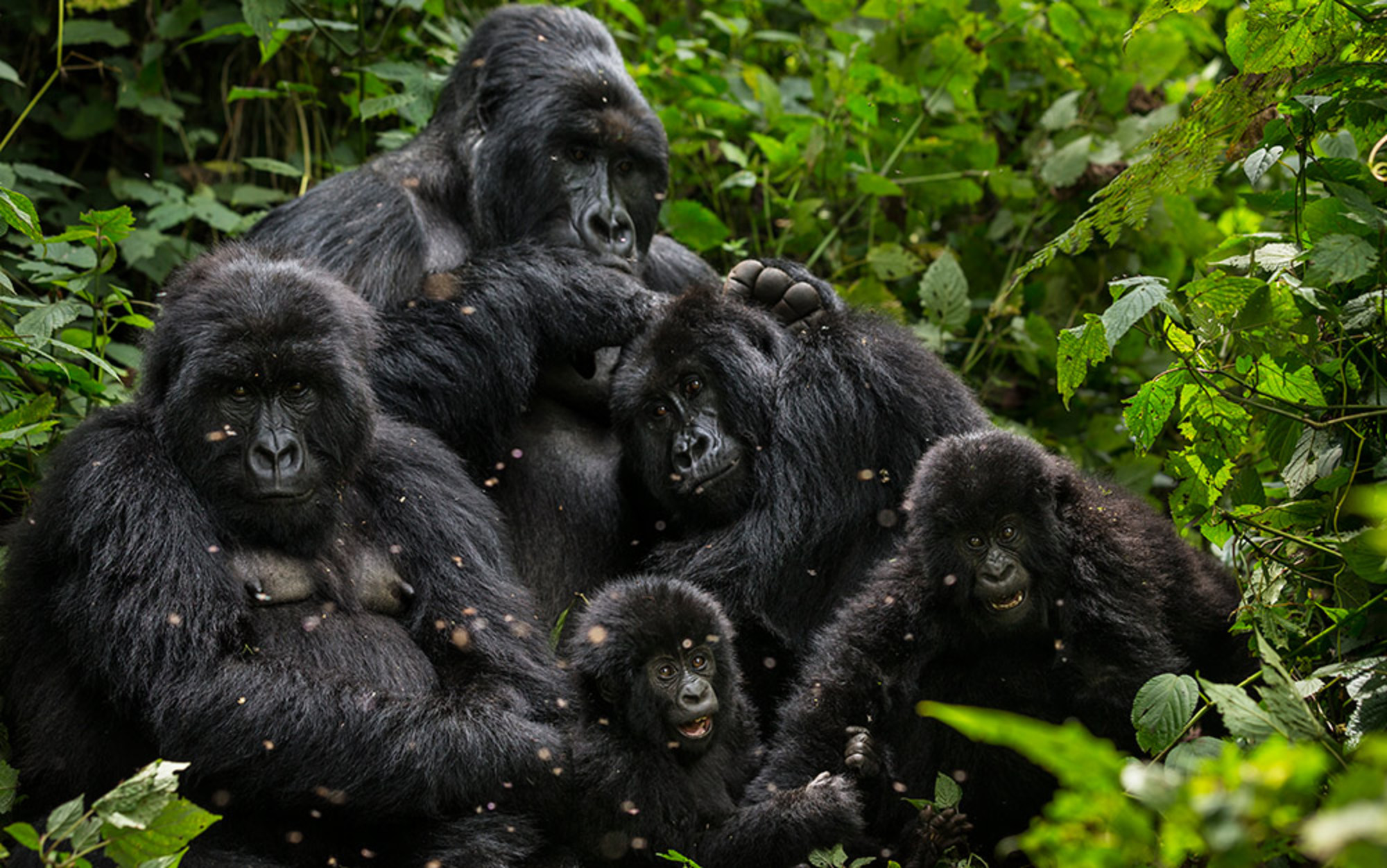
Gorilla Safari
Cultural Experiences Around Bwindi and Mgahinga
Weather affects not only the trekking trails but also the rhythm of cultural life in the villages surrounding Bwindi and Mgahinga. For travelers, a Uganda Safari Holiday offers more than gorilla tracking. It opens a doorway to authentic cultural experiences. The Batwa an indigenous forest people, share their history, traditions, and survival skills with visitors. Offering storytelling, music, and guided walks that reveal how they thrived in the dense rainforest before conservation programs resettled them. These interactions are powerful reminders of the human connection to Uganda’s wild landscapes.
In drier months, community walks become easier, with clear pathways leading to local farms, schools, and craft markets. Visitors can learn about traditional farming practices, taste fresh Ugandan produce, and join in preparing local dishes. During the wetter months, evenings at safari lodges often feature cultural performances. Including traditional dances and drumming sessions that create warm, communal atmospheres despite the rain outside. Travelers engaged in Uganda Wildlife Safaris often pair these experiences with visits to Queen Elizabeth National Park or Lake Mburo. Combining gorilla encounters with wildlife game drives. Whether under the warm sun or misty rain, the cultural richness of Bwindi and Mgahinga strengthens the sense of connection between visitors, the land, and its people, ensuring a Uganda Tour remains both adventurous and meaningful.
Packing Essentials for Any Weather
Success in Uganda Gorilla Trekking requires the right gear, regardless of the season. Waterproof jackets and quick-dry clothing are essential in the rainy months, helping trekkers stay dry and comfortable. Sturdy, waterproof boots with strong grip and ankle support prevent slips on wet trails and add stability during steep climbs. In both wet and dry conditions, gaiters protect against mud, insects, and thorny vegetation along the forest floor. Warm layers should always be included, since morning treks begin in cool, misty conditions that can feel colder at higher altitudes.
Travelers in the dry season should carry light, breathable clothing, sunscreen, and reusable water bottles. As treks can be long and demanding under direct sunlight. Walking sticks, often provided by lodges or local guides, prove useful for balance and support in both wet and dry terrain. Additional gear such as gloves for grasping vegetation, insect repellent, and waterproof bags for cameras or smartphones further enhance the trekking experience. By packing properly, adventurers can focus fully on the extraordinary opportunity to watch mountain gorillas forage, play, and interact, regardless of weather conditions. Well-prepared guests also enjoy more comfort during cultural excursions, game drives, and community activities that complement their Uganda Safaris experience.
Making the Most of Your Uganda Safari Holiday
Weather remains a defining factor in shaping the Uganda Gorilla Trekking experience in Bwindi and Mgahinga. The rainy seasons present challenges with muddy trails and misty mornings. Yet they reward travelers with lush forest scenery, discounted lodge rates, and fewer crowds. The dry seasons offer ease of trekking, clear views, and more predictable conditions. Though, they come with higher demand and costs. Both seasons deliver unique opportunities whether it is the thrill of tracking gorillas through dense rain-soaked vegetation or walking sunlit trails with panoramic forest views.
For travelers planning Uganda Gorilla Safaris, careful consideration of weather ensures realistic expectations and proper preparation. Combining gorilla trekking with cultural encounters and additional Uganda Wildlife Safaris expands the safari experience beyond primates alone. Visits to Queen Elizabeth National Park, Murchison Falls or Lake Mburo add game drives, birdwatching, and boat cruises to a well-rounded Uganda Tour. Whether travelers choose to embark on this adventure during the dry months or embrace the challenges of the rainy season, each journey becomes unforgettable. By embracing both the natural and cultural richness of Uganda, visitors not only witness endangered mountain gorillas but also support conservation efforts and local communities, making every Uganda Safari Holiday meaningful and impactful.

